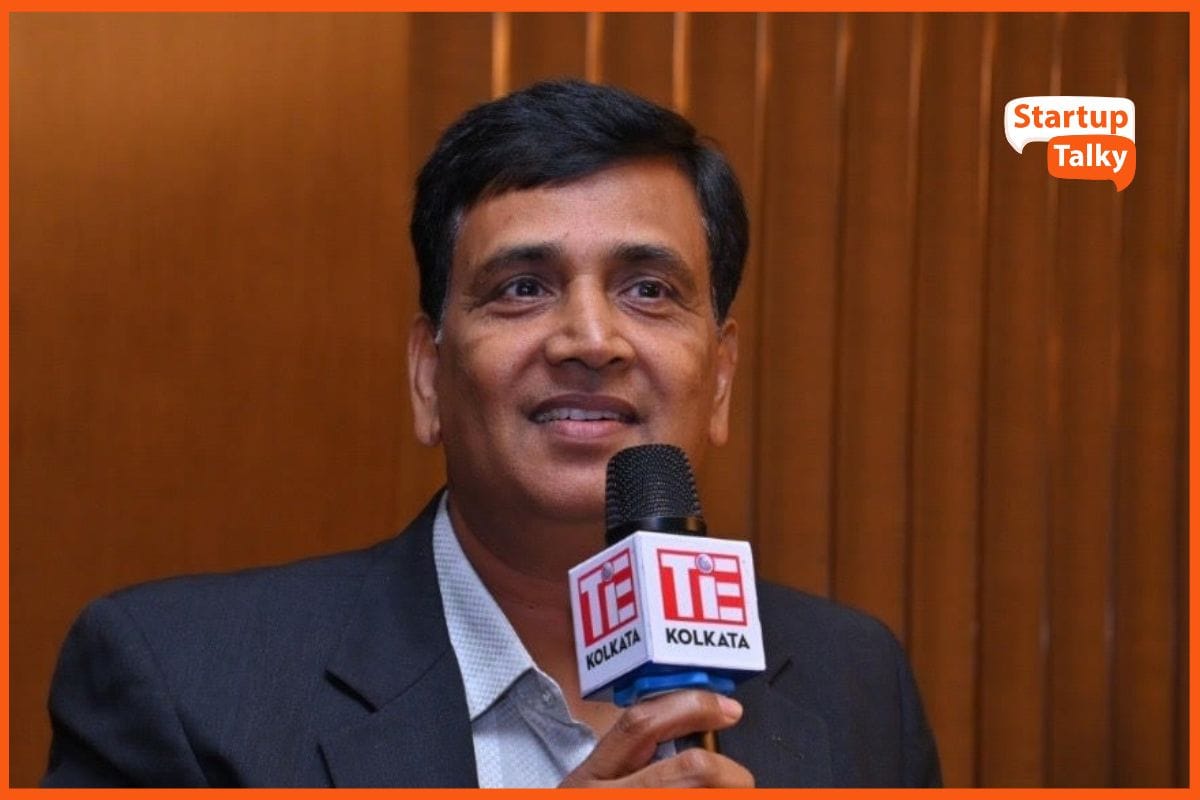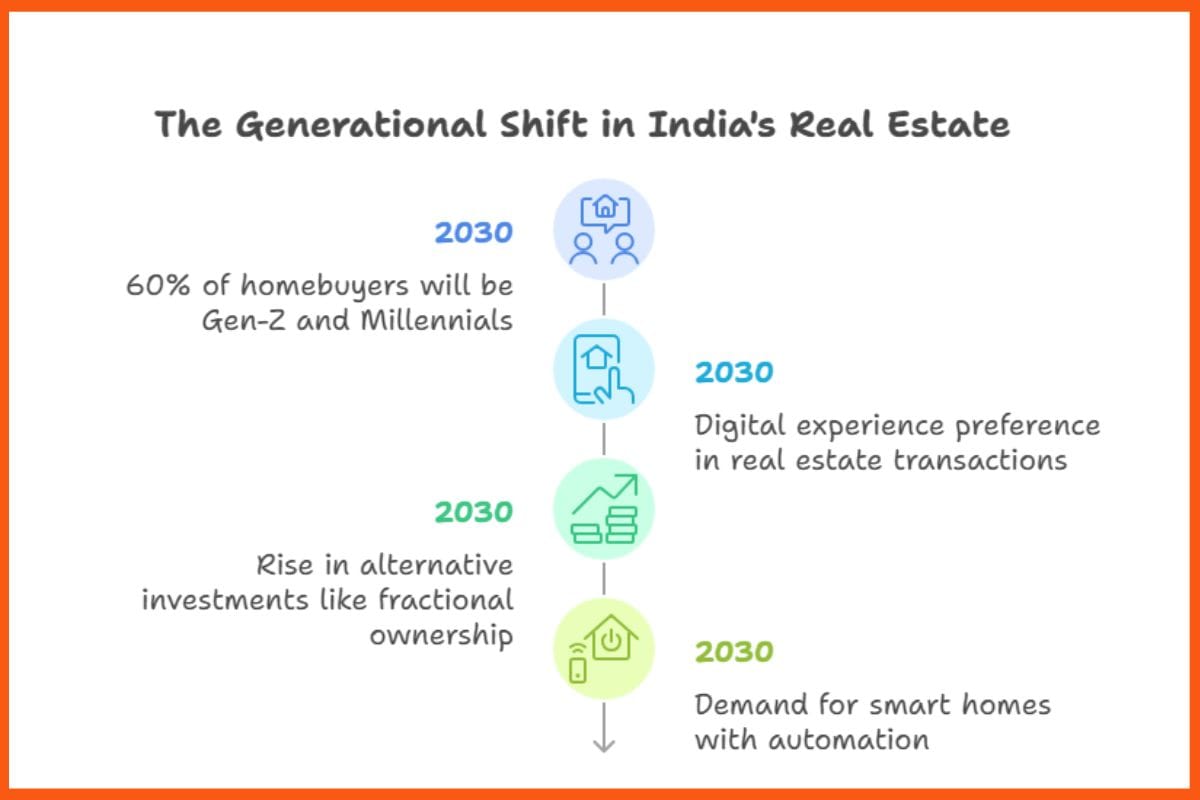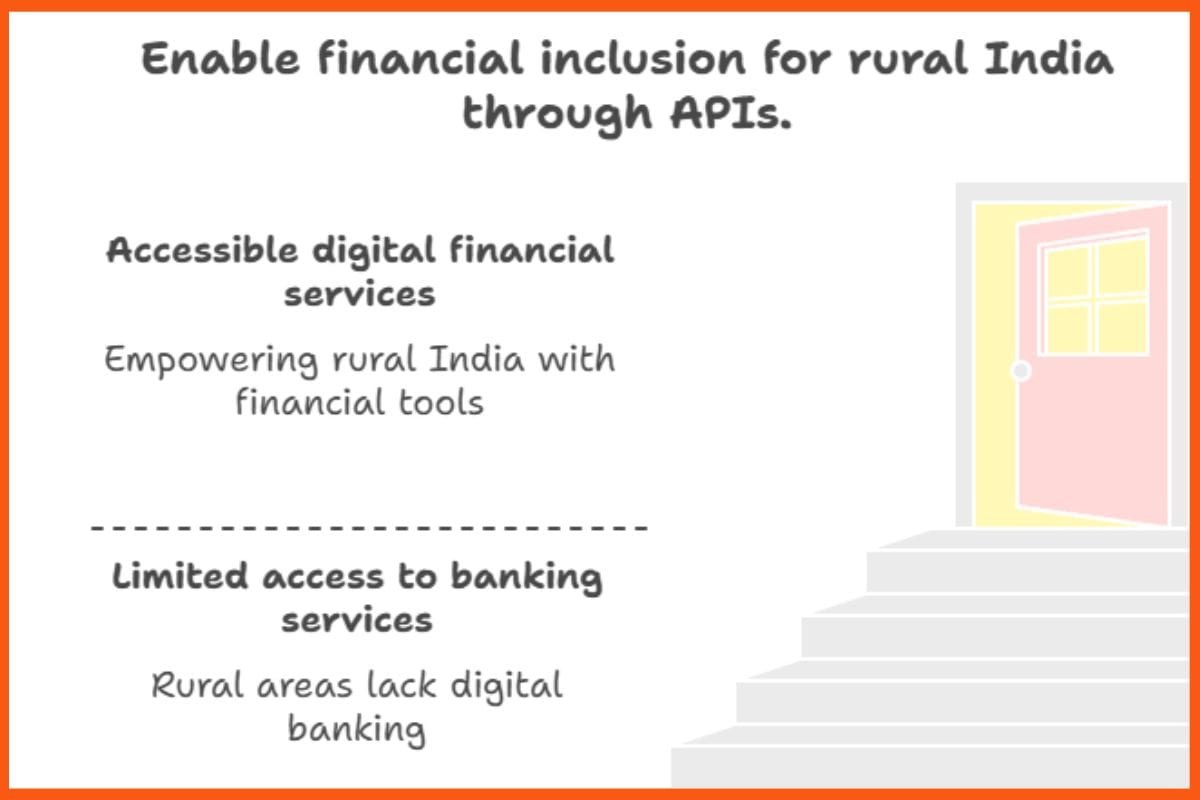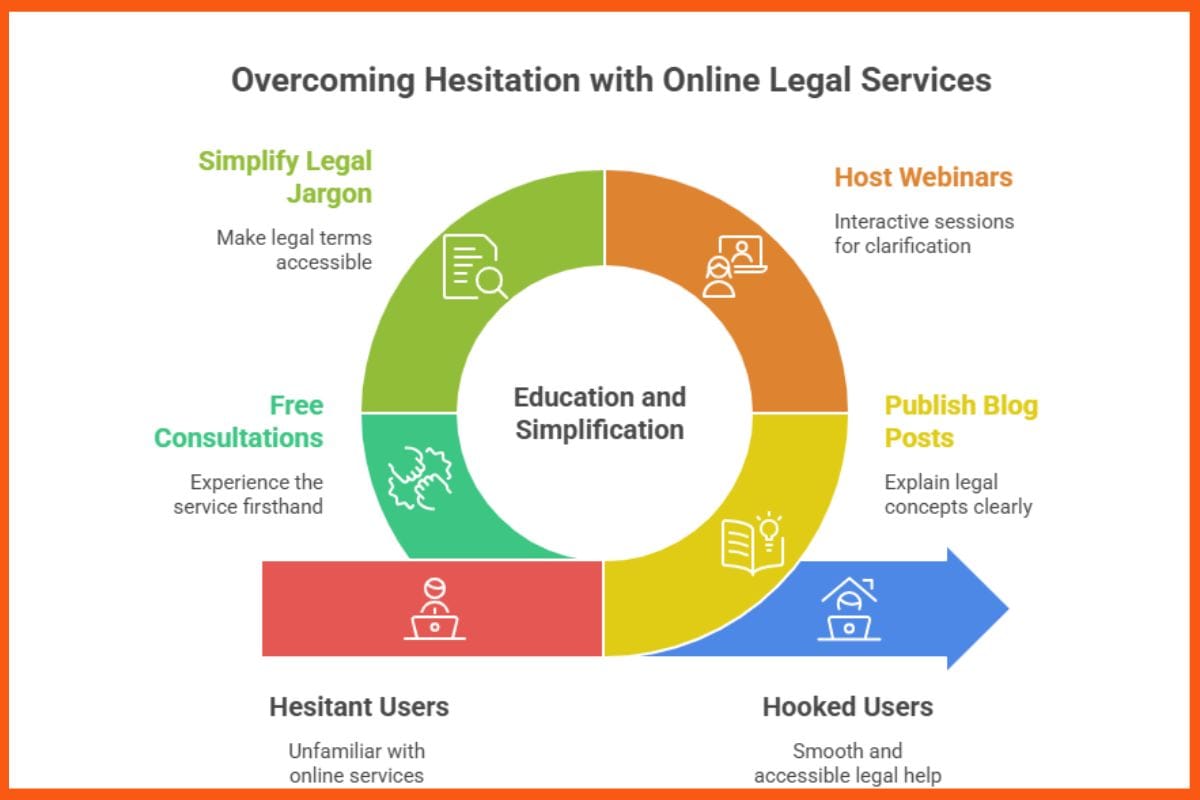This article has been contributed by Krishna Jayesh Gandhi, CEO of Exponential Insight 8 LLP
Small businesses form the backbone of most economies. In India and many other countries, more than 90% of enterprises fall under the micro, small, or medium category. They provide employment, nurture innovation, and play a crucial role in local development. Yet, when we compare them with large-scale corporations, a gap becomes visible. Big businesses invest heavily in automation and visualization tools to manage production, streamline operations, and monitor financial health. These tools give them an edge, allowing them to save costs and make better decisions.
Now imagine if small businesses could access the same advantages. Instead of depending on manual registers, verbal updates, or delayed information, a small entrepreneur could have real-time insights about production, inventory, sales, and customer preferences. This would mean fewer mistakes, reduced wastage, faster decision-making, and a level playing field with bigger players. The change would not just improve efficiency but also give small businesses the confidence to scale and compete more effectively.
Small-scale businesses typically operate with limited manpower, lower investment, and smaller production capacity. They include a wide variety of industries, from metal cutting and laser cutting workshops that serve larger manufacturers, to food and beverage producers such as Jivra or Kanakia that supply tea and coffee, to small wafer-making units catering to regional markets. There are also textile and handicraft businesses, chemical and plastic units, and countless ancillary industries providing job work like machining, polishing, or assembly. Each of these enterprises may be small in scale, but collectively they form a vital part of the industrial and commercial ecosystem.
For such businesses, automation can play a transformative role. Take the example of a metal cutting workshop. By automating the process of job work allocation and tracking, managers no longer need to depend on manual job cards or verbal instructions. Digital systems can provide real-time updates on which orders are pending, which are in progress, and which have been completed. The same system can also raise alerts when raw material stocks run low, preventing delays and production stoppages. Similarly, a food or wafer manufacturing unit can automate inventory tracking to monitor expiry dates, packaging counts, and re-order levels. Instead of guessing how much stock is available, owners can rely on accurate, up to-date information.

Even in industries like tea and coffee production, automation makes a difference. Automated blending and weighing systems ensure that the taste and quality remain consistent across every batch, which is crucial for retaining customers. At the same time, automated order management can sync directly with distributors and retailers, ensuring that supply chain bottlenecks are minimized. Beyond production, automation in finance and billing can save small businesses hours of manual effort. Cloud-based accounting tools can generate invoices instantly, calculate taxes automatically, and send reminders for outstanding payments. Customer relationship management tools, once thought of as only for large companies, are now available at affordable prices. A small laser-cutting business, for example, can use such a system to store client specifications and generate repeat orders quickly, without having to start from scratch each time.

Visualization, on the other hand, helps small businesses understand their data more clearly. Instead of digging through long spreadsheets, owners can see their business performance in charts, graphs, and dashboards. For example, a production dashboard in a metal cutting unit can show how many jobs are pending, how many are ongoing, and how many are completed. A food manufacturer can use a sales dashboard to track which products are selling best, which regions need more focus, and how sales trends change during different seasons. Visualization also helps in identifying cost leakages. By seeing expenses broken down into categories like raw materials, labor, utilities, and logistics, owners can quickly spot where costs are higher than expected and take corrective action.
One of the most practical tools for small businesses to adopt visualization is Microsoft Power BI. Unlike expensive enterprise-level systems, Power BI is affordable, easy to use, and integrates seamlessly with tools that most small businesses already rely on, such as Excel, Tally, or QuickBooks. The biggest advantage is that Power BI dashboards can be customized to reflect the key areas of concern for each business. A wafer manufacturer, for instance, could design a dashboard that shows daily production counts, highlights which flavors are selling most, monitors potato and oil stock levels, and tracks pending payments from distributors—all in a single screen. A metal cutting unit could set up a dashboard that displays real-time job status, machine utilization, and raw material consumption patterns. For an owner constantly on the move, the ability to access these dashboards on a mobile phone means staying connected with the business at all times.
The benefits of automation and visualization for small businesses are clear. They save time by reducing repetitive tasks, cut down on human errors, and provide access to reliable data for decision-making. They allow business owners to monitor performance remotely, which is especially useful when managing multiple sites or balancing business with travel. They also prepare small enterprises for growth. When new orders come in, automation ensures that the business can scale without proportionally increasing costs or workload. In today’s competitive market, these tools also provide a valuable edge. A business that adopts technology early can stand out from its competitors, deliver more consistent results, and earn customer trust more easily.
Traditionally, small businesses have seen automation and visualization as luxuries—nice to have but not essential. That mindset is rapidly changing. With tools becoming more affordable and user-friendly, technology is no longer something reserved for big corporations. It has become a necessity for survival and growth. By embracing automation and visualization, small businesses can unlock efficiency, reduce wastage, and make smarter, faster decisions.
In conclusion, small businesses are not just participants but essential drivers of economic growth. From tea and wafer producers to metal cutting workshops, they keep industries running and markets supplied. If they are able to adopt the same tools of automation and visualization that large corporations rely on, they can level the playing field and open doors to growth that once seemed out of reach. Tools like Power BI make this transition accessible and practical. Far from being a luxury, automation and visualization are now essentials for small businesses that aspire to thrive in a competitive, fast-changing world.
Technologies. When we talk about modern technology, one of the biggest inventions has to be
Artificial Intelligence (AI). With its undeniable effect, AI is actually taking
over the world. In an unbelievable way, it has become a part of our





























